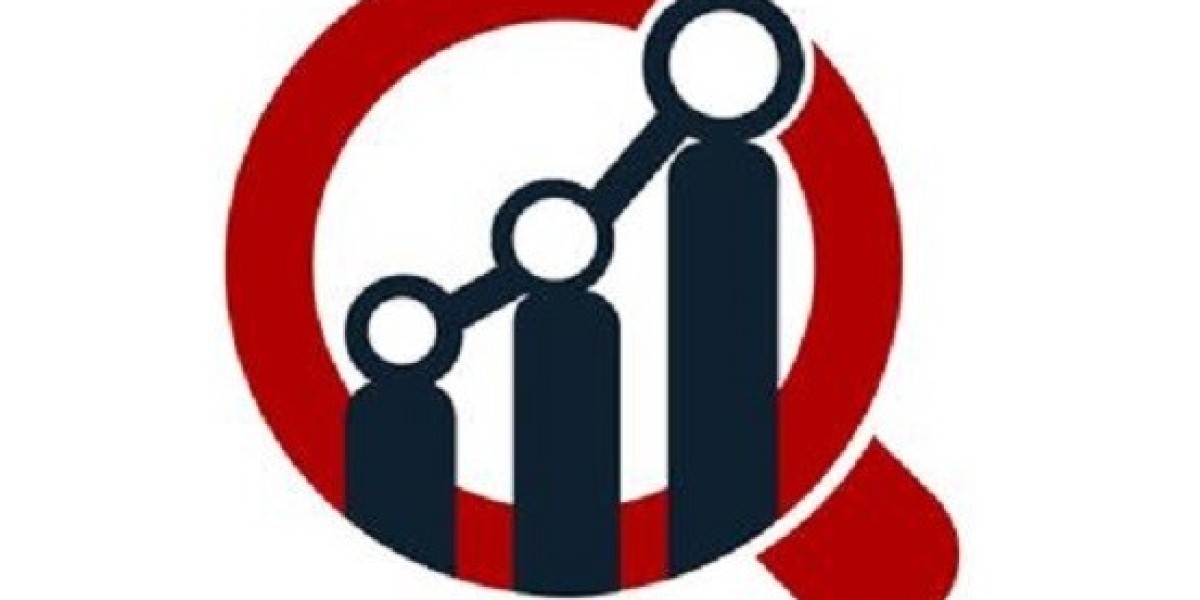Revolutionizing Emergency Care: The Rise of Acute Care Telemedicine
In a world where seconds can mean the difference between life and death, acute care telemedicine is transforming how patients receive critical care. Leveraging real-time virtual communication and remote monitoring, this technology enables healthcare providers to deliver expert-level care instantly—regardless of geographical barriers. The acute care telemedicine market is thriving as hospitals, emergency departments, and urgent care centers rapidly adopt digital health tools to improve patient outcomes.
What Is Acute Care Telemedicine?
Acute care telemedicine involves the use of digital platforms and video conferencing to provide medical care for patients experiencing sudden or severe symptoms. It typically applies to conditions requiring immediate attention such as:
Stroke or cardiac emergencies
Sepsis or trauma
Respiratory distress
Acute infections or mental health crises
Through this system, physicians, nurses, and specialists can connect with patients or on-site medical teams to provide diagnoses, prescribe treatments, and even monitor progress remotely.
Market Drivers: Why the Demand Is Surging
The growing acute care telemedicine market is powered by multiple key factors:
Rising patient load in emergency departments
Shortage of critical care specialists, especially in rural or underserved regions
COVID-19’s impact, which normalized remote healthcare delivery
Cost-efficiency for hospitals seeking to reduce in-person consultations and avoid overcrowding
Advancements in telehealth platforms and wearable medical devices
As healthcare systems face staffing shortages and growing patient expectations, telemedicine is proving to be a critical solution.
How It’s Being Used in Real-Time
The use of acute care telemedicine isn’t limited to video chats. It now includes high-definition imaging, AI-assisted triage, and remote patient monitoring tools. In stroke care, for example, telestroke networks enable neurologists to guide treatment decisions immediately—even before the patient reaches the hospital.
In ICUs, tele-ICU systems allow intensivists to track vital signs, lab results, and ventilator data from a centralized location, ensuring critical oversight around the clock.
Benefits for Patients and Providers
Telemedicine has introduced an era of faster, more efficient emergency care. Its core benefits include:
Reduced treatment delays in life-threatening cases
Improved access to specialists
Minimized hospital admissions through early intervention
Enhanced continuity of care for discharged patients needing short-term follow-up
Lower healthcare costs for both providers and patients
Patients now receive timely interventions regardless of their location, improving survival rates and reducing complications.
Challenges in Widespread Adoption
Despite its promise, the acute care telemedicine market still faces several barriers:
Data security and patient privacy concerns
Lack of standardized telehealth protocols
Variable insurance reimbursement policies
Resistance from providers unfamiliar with telemedicine platforms
However, continuous efforts in policy reform, telehealth training, and system integration are addressing these gaps, ensuring telemedicine becomes a staple in emergency care.
Market Outlook: The Road Ahead
North America currently dominates the acute care telemedicine landscape, driven by a mature telehealth ecosystem and strong reimbursement support. However, the Asia-Pacific region is poised for significant growth due to increasing smartphone penetration, digital health investments, and government initiatives to improve healthcare accessibility.
Innovations on the horizon include AI-powered triage assistants, remote robotic systems, and augmented reality tools that could further elevate acute care capabilities remotely.
The acute care telemedicine market isn’t just a digital trend—it’s a paradigm shift. It’s shaping a future where expert medical care is available at the tap of a button, ensuring that no one is left behind in moments of urgent need.



